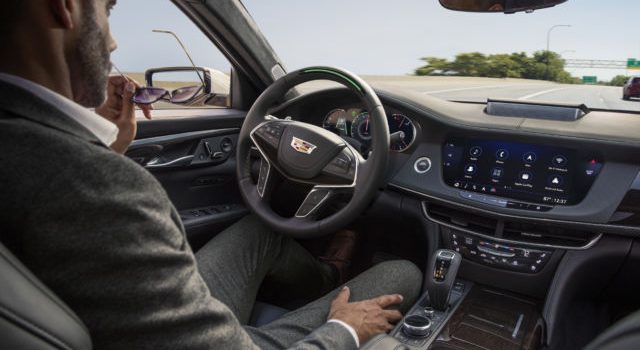
Intel’s Mobileye has a plan to dominate self-driving
Mobileye can tout all it wants but its system is dangerous and notably behind Tesla Autopilot. I recently had a Nissan rental with Mobileye’s self-driving system for about a month. I was excited as I wanted to try another advanced self-driving system after using Autopilot in my Tesla Model 3 for the past year and a half. However, it became clear after just a short time of driving familiar highways that the Mobileye system not only is well short of Tesla’s, it’s outright dangerous.
First, let me say that Tesla Autopilot is not perfect but has notably improved over the past 18 months. The only issues I still occasionally face in primary/secondary/tertiary road driving are left lane exits (which has been documented as the cause of several bad Autopilot accidents) and bridge overpasses on bright, sunny days (being seen as an obstacle causing sudden braking. However, I’d estimate that Autopilot does 90% of my driving with few incidents on most trips.
For the Nissan/Mobileye system, I tried it on roads I’m familiar with that I use Autopilot on regularly. Most of this was on major Interstate highways but I also tested on secondary highways and, briefly, on local roads but that was far too dangerous. The Mobileye system could detect roadlines pretty consistently as long as there was no rain (it stopped working in any weather — something Tesla doesn’t do unless its bad). However, lane keep regularly “ping-ponged” in the lane and, on curves, swayed dangerously into the neighboring lane or shoulder. It would then over compensate not only making for a juttering ride but sway into the other lane/shoulder. The irony is that it would beep to signaling its lane warning but it was due to its own system. Need some reinforcement learning? It was actually so bad, I got to the point where I’d take over on any curve I saw coming, modest or otherwise.
There was one feature I liked with the system UX that I think Tesla could use to improve Autopilot. I got to know this well due to the curve issues mentioned above. When on self-driving, you can steer manually and it keeps the self-driving system engaged allowing you to control and then instantly taking back over once you stop. I had to do this A LOT. On the Tesla, when you do feel the need to take over, you take the car out of Autopilot. You then have to put it back in. Its mostly annoying when you’re driving in heavy but moving traffic and changing lanes where Autopilot isn’t aggressive enough. If Tesla put this UX in, it would really help.
First, I’ll note that I was likely on a prior version of the Mobileye system and it will improve. However, Mobileye claiming to be at the top of the heap on self-driving is more than a bit of a stretch. In addition, the biggest advantage Tesla has, like Apple, is the vertically integrated product where they can update. I don’t know how feasible that is for Mobileye given the OEM relationships. Thus, their systems might be mostly parked in time. Not good.
NOTE: I’ve not had the opportunity to yet try Cadillac’s SuperCruise.
In his Tuesday speech, Mobileye’s Shashua calls ADAS systems with high-definition maps, like Super Cruise, “Level 2+”—a small step above regular ADAS systems that are called “level 2” in the five-level SAE framework. A number of carmakers have developed similar systems. Shashua says Mobileye is supplying the technology for 70 percent of them, including systems from Nissan, Volkswagen, and BMW.
https://arstechnica.com/cars/2020/01/intels-mobileye-has-a-plan-to-dominate-self-driving-and-it-might-work/